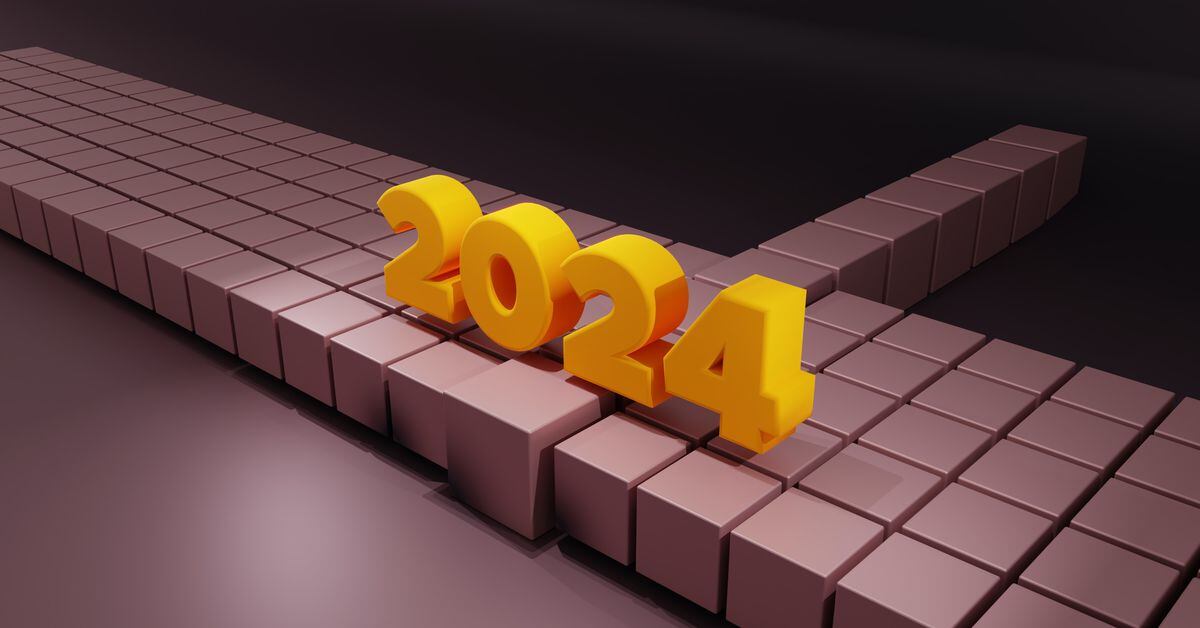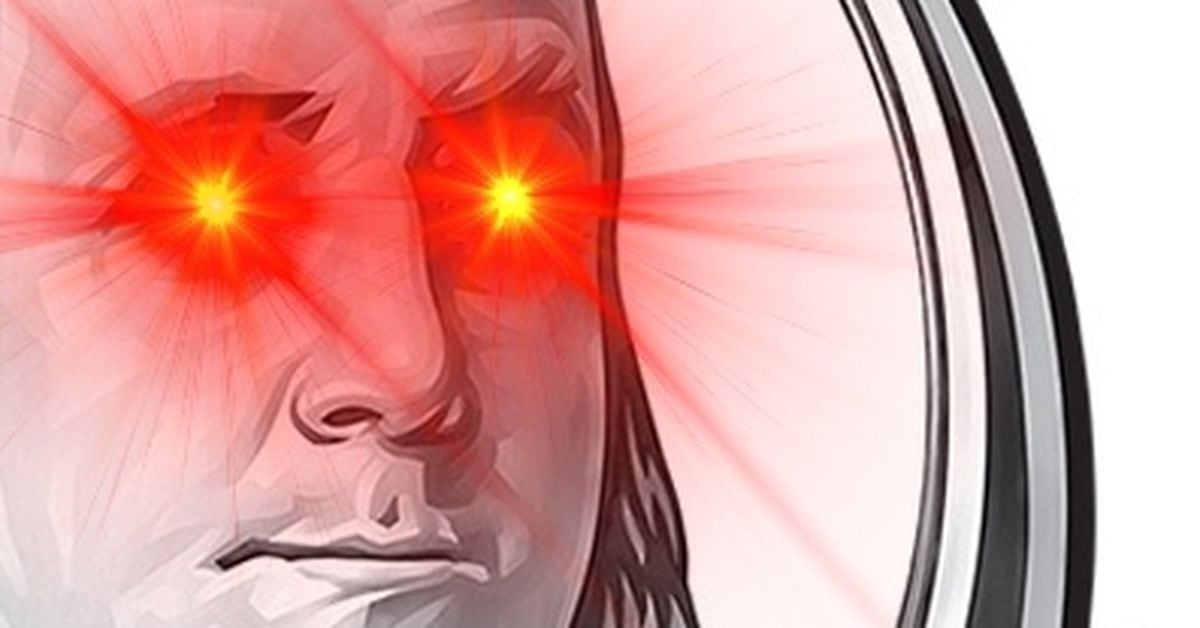In the face of pressure from decoupling, how will Curve founder respond with a new proposal?
How Will Curve's Founder Respond to Pressure from Decoupling? Exploring a New ProposalAuthor: Jiang Haibo, LianGuaiNews
Following Aave’s GHO, Curve’s crvUSD has also failed to withstand the pressure and has experienced a slight deviation from its anchor.
On November 21st, Michael, the founder of Curve, proposed a proposal in the governance forum, hoping to significantly increase the base interest rate (rate multiplier) rate0 of crvUSD to bring its price back to $1. As of 14:46 Beijing time on November 28th, the proposal has ended voting on Curve DAO with a support rate of 100%.
According to CoinMarketCap’s data, the lowest price of crvUSD in the past 7 days was around $0.99, and it is currently $0.996. Since the price of stablecoins like this is anchored to $1, when the price is higher than $1, arbitragers borrow crvUSD to sell in the market. When the price is lower than $1, although there are arbitragers buying waiting for it to return to $1, based on the deviation of stablecoins like GHO, it is not necessarily effective to buy at a price below $1. If there is no expectation of a price anchor at $1, users may not dare to hold this stablecoin for the long term.
- From robots to terminals, the user experience of Web3 is becoming more and more intense.
- The wind of inscriptions blows towards various major public chains. Is the nationwide frenzy behind blind following or a fair trend?
- Mint Cash behind the skyrocketing USTC A new exploration of stablecoins backed by Bitcoin collateral

On November 21st, Curve founder Michael proposed a proposal on the Curve governance forum, hoping to adjust the interest rate multiplier of all crvUSD markets to better manage the anchoring of crvUSD to the dollar and the overall health of the lending market. In simple terms, by increasing the base interest rate, users are incentivized to repay loans, thereby allowing crvUSD to overcome the current deviation of about 0.5%.
crvUSD uses dynamic interest rates, which will be adjusted based on market conditions. The interest rate formula is as follows:
rate = rate0 × exp(depeg/sigma) × exp(-pegkeeper_filling/(total_debt × target_f))
This time, Michael hopes to adjust the base interest rate rate0. Before the proposal takes effect, the base interest rate for non-collateralized ETH and BTC markets is 5.8%, and for collateralized ETH, the base interest rate is 8.6%. Michael wants to increase the base interest rate for all crvUSD markets, raising it to 11% for non-collateralized ETH and BTC, and 15% for collateralized ETH.

In practice, before the proposal takes effect, the borrowing interest rate for crvUSD is 6.97% for non-collateralized ETH, and 11.3% and 11.86% for collateralized wstETH and sfrxETH, respectively. After the proposal takes effect, assuming other parameters remain the same, the borrowing interest rate for ETH will increase to 13.2%, and for wstETH, it will increase to 19.7%.
However, the final interest rate is dynamically changing and not only dependent on the base rate but also on the performance of crvUSD price and the debt ratio of the PegKeeper. These parameters also have mutual influence. Currently, due to the crvUSD price deviation, the interest rate is higher than the base rate, and the debt of PegKeeper is also zero.
According to expectations, the impact of this proposal on interest rates will develop as follows:
- Firstly, by adjusting the base rate, the borrowing rate of crvUSD will increase;
- Borrowing users, under the pressure of high interest rates (such as an annualized rate of 19.7% for wstETH), will buy crvUSD to repay their loans;
- Due to the increase in the price of crvUSD, the rise in interest rates caused by deviation will decrease or even disappear;
- PegKeeper starts to generate debt, and the borrowing rate of crvUSD decreases below the base rate.
After the proposal takes effect, if crvUSD can return to the anchor point of $1 as expected, the actual borrowing rate of crvUSD will be determined by the debt condition of PegKeeper. For non-pledged ETH and BTC, the interest rates range from 0.07% to 11%; for pledged ETH, the interest rates range from 0.1% to 15%. When the debt of PegKeeper is zero, the interest rate reaches the upper limit; when PegKeeper’s debt is maximum, the interest rate reaches the lower limit.
PegKeeper is a contract specifically used for minting and absorbing crvUSD debt, and it trades around the pegged price. Each PegKeeper is targeted at a specific PegKeeper pool, allowing for trading between crvUSD and blue-chip stablecoins (USDC, USDT, TUSD, DAI). When the crvUSD balance is too low, PegKeeper mints crvUSD and trades it into the associated pool; when crvUSD is too high, PegKeeper buys back and burns crvUSD. PegKeeper can also generate profits through these buy-low-sell-high operations.
PegKeeper’s debt is the amount of crvUSD minted by the contract and stored in a specific pool. The debt ratio of PegKeeper to the total crvUSD debt in the system is also a factor that affects the interest rate. If PegKeeper has no outstanding debt in the entire crvUSD system, its debt is zero and the interest rate reaches the upper limit. Currently, PegKeeper has no debt in any of the four PegKeeper pools. If the price returns to the anchor, PegKeeper will begin to generate debt, which will also lead to a decrease in the borrowing rate of crvUSD.

Curve governance is divided into two parts, Curve Governance Forum and Curve DAO. Discussions can be initiated on the Curve Governance Forum, and community members can assess proposals and provide feedback or suggestions. Each DAO proposal must have corresponding discussions on the Curve Governance Forum. Curve DAO is the platform used to formally submit proposals and is the only official way to implement protocol changes. Holders of CRV tokens can vote on Curve DAO. The voting has ended, and the support rate is 100%.

Currently, this proposal has been implemented, and the interest rate for borrowing crvUSD against wstETH has also increased to 19.94%, which may force some users to repay their loans. But will this anchor the price of crvUSD at $1 in the long term? Can PegKeeper’s debt increase and the interest rate decrease again? Will these actions affect the application of crvUSD? This needs to be observed further.
We will continue to update Blocking; if you have any questions or suggestions, please contact us!
Was this article helpful?
93 out of 132 found this helpful
Related articles
- Reshaping the Boundaries of Computing The Current Situation and Outlook of Decentralized Computing Power
- Quick Look at the Top 15 Cryptocurrency Enforcement Actions in the United States Binance’s $4.3 billion settlement is only ranked second
- A Crypto Divorce Story: BanklessHQ and BanklessDAO Hash It Out
- Lightning: Is It Doomed or Just Misunderstood?
- Gas Hero Community’s first-day test experience (with a quick growth tutorial)
- Financing Weekly Report | 16 public financing events; Blast, a Layer 2 network founded by Blur, completes a $20 million financing round with participation from LianGuairadigm.
- Why did dYdX choose to launch its own chain?






